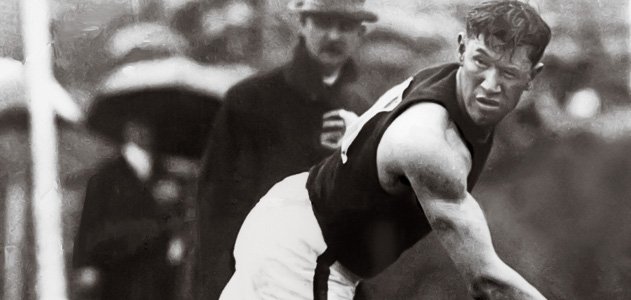 Ibtihaj Muhammad of the United States celebrates her bronze medal at the Rio 2016 Olympic Games on Saturday, August 13
Ibtihaj Muhammad of the United States celebrates her bronze medal at the Rio 2016 Olympic Games on Saturday, August 13
A moment she’ll never forget. Ibtihaj Muhammad won her first Olympic medal at the 2016 Summer Olympics in Rio de Janeiro, Brazil, on Saturday, August 13 — but that wasn’t her only first!
The 30-year-old athlete became the first U.S. athlete to compete at the Olympic Games wearing a hijab, a veil commonly worn by Muslim women.
Muhammad took home the bronze medal with Team USA during the women’s team saber fencing event on Saturday. She competed with fellow fencers Dagmara Wozniak, Mariel Zagunis and Monica Aksamit to defeat the Italian team 45-30. (The last time the U.S. women’s fencing team won a medal was at the 2008 Summer Olympics in Beijing.)
Prior to joining the national fencing team in 2010, Muhammad was a three-time All-American and 2005 Junior Olympic Champion at Duke University. She graduated from the school in 2007 with a double major in international relations and African American studies.
Earlier this week, the New Jersey native spoke to USA Today about becoming the first American to compete at the Olympics in a hijab.
“A lot of people don’t believe that Muslim women have voices or that we participate in sport,” she said on Monday, August 8. “And it’s not just to challenge misconceptions outside the Muslim community, but within the Muslim community. I want to break cultural norms.”
Muhammad added, “It’s a blessing to represent so many people who don’t have voices, who don’t speak up, and it’s been a really remarkable experience for me.”
courtesy of: http://www.usmagazine.com/celebrity-news/…




